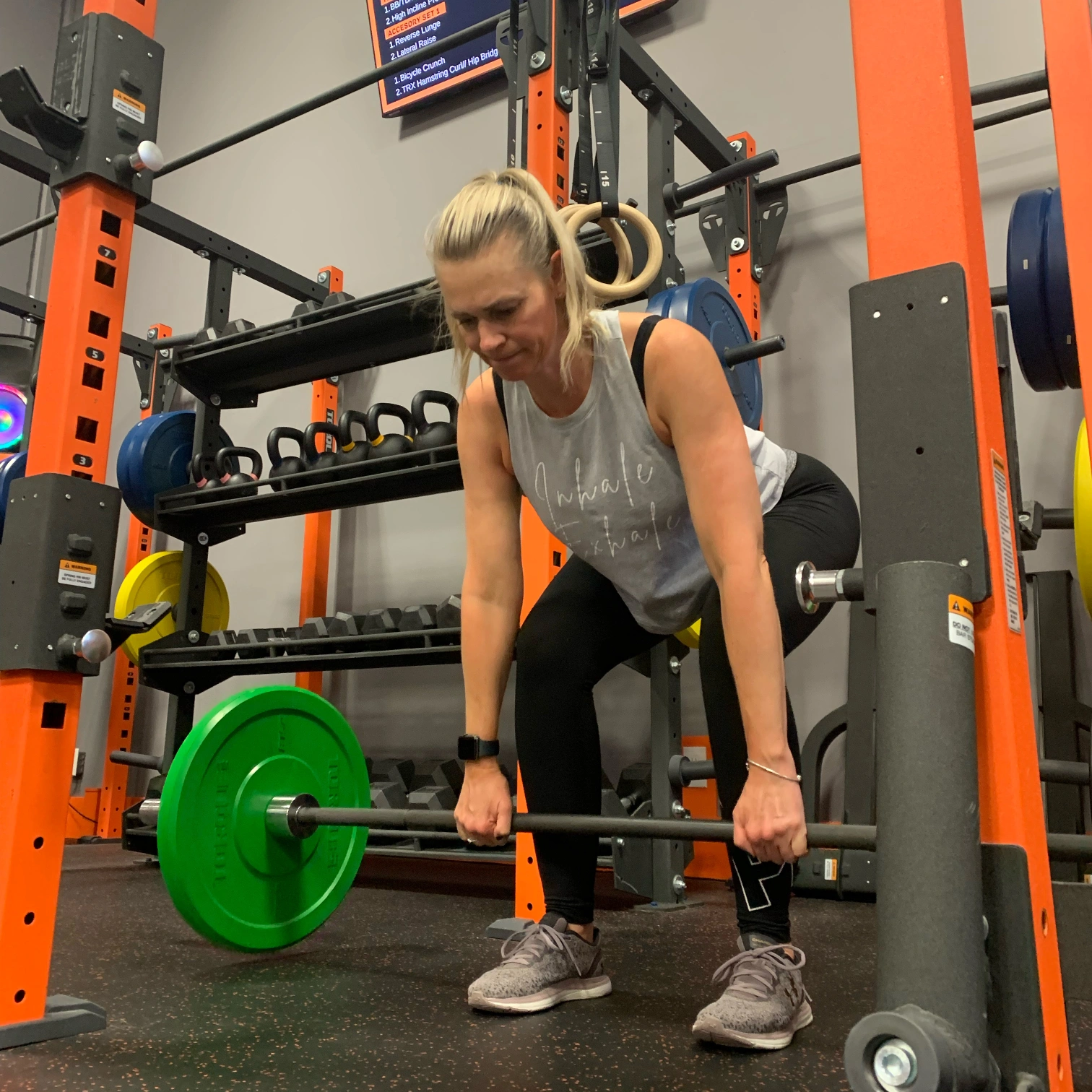

When you think of exercises that rely on powerful hip extension, think squats, deadlifts, sprinting, jumping, or even skating. It’s easy to zero in on the big muscles like the glutes and hamstrings, and rightfully so. But lately I’ve been diving into something that’s shifted my perspective a bit, the role of the big toe in how we generate hip extension and muscle activation.
At AIM Athletic I'm always looking for ways to help our members move better and feel stronger whether that’s during small group personal training, one on one coaching, active rehab or in our hockey training programs. I’ve recently been studying RPR which stands for Reflexive Performance Reset. It’s a simple system designed to help reset faulty movement patterns in the body by tapping into neurological reflexes. The goal of RPR is to get muscles firing in the right sequence reduce compensation patterns and ultimately improve performance and decrease injury risk.
One RPR concept looks at what’s called the Primary Neurological Compensation Pattern, or PNCP, for hip extension. There’s a specific sequence your body is supposed to follow with the glute firing first, then the hamstring, followed by the opposite side QL or quadratus lumborum. The muscle that fires first tends to take the majority of the load. So if your hamstrings or low back are activating before your glutes they’re going to absorb most of the weight you're lifting. That’s not what we want. We want the glutes, the biggest and most powerful hip extension muscles, doing the heavy lifting so the rest of the chain doesn’t have to compensate.
There’s a simple test for this. You lay on your stomach and lift your leg while someone applies pressure downward on your leg. If the glute isn’t firing your leg will drop easily. After that a second test is done with the hamstring flexed and if there’s still no strength we then check the opposite side QL. What’s interesting is that in someone who fails the hamstring test if you ask them to flex their big toe downward during the same movement the glute suddenly activates. No stretches, no drills, just instant improvement, I've tried this out myself and it works like voodoo. That’s how powerful the connection is between the foot and the hip.
Modern footwear especially sandals or flip flops plays a big role in disrupting this pattern. To keep those shoes on we subconsciously learn to extend our toes while walking, in order to keep them on your feet, which over time dulls our natural ability to flex the big toe and cuts off the foot to hip connection. This doesn’t mean you need to throw out your slides although that’s what the founder of RPR suggests. It just means we have to be more aware of our movement patterns and possibly use some of the reset techniques of RPR to restore proper firing sequences.
From a practical standpoint try this out next time you are working out. Press your big toe into the floor when you drive out of the bottom of a squat or RDL and you might notice your glutes firing stronger and more consistently. It’s a small adjustment that can make a big difference in strength and movement quality.
At AIM we’re always searching for the edge that helps you move and feel better. Sometimes it’s not just about adding weight or grinding through another set. Sometimes it’s as simple as rediscovering how to use your big toe.
You've got the info, now it's time to take AIM!